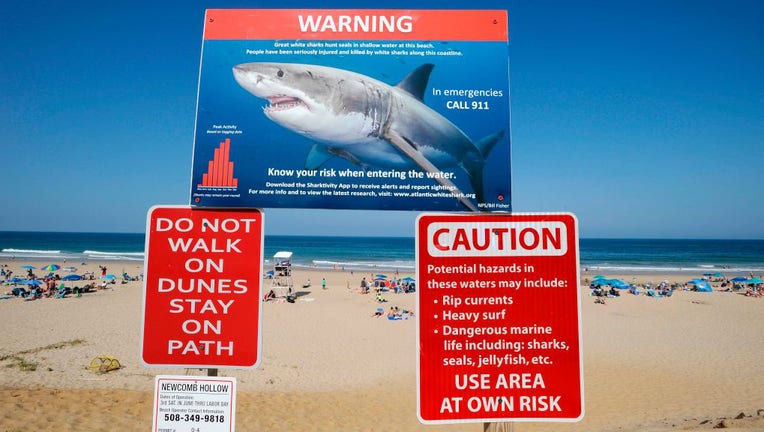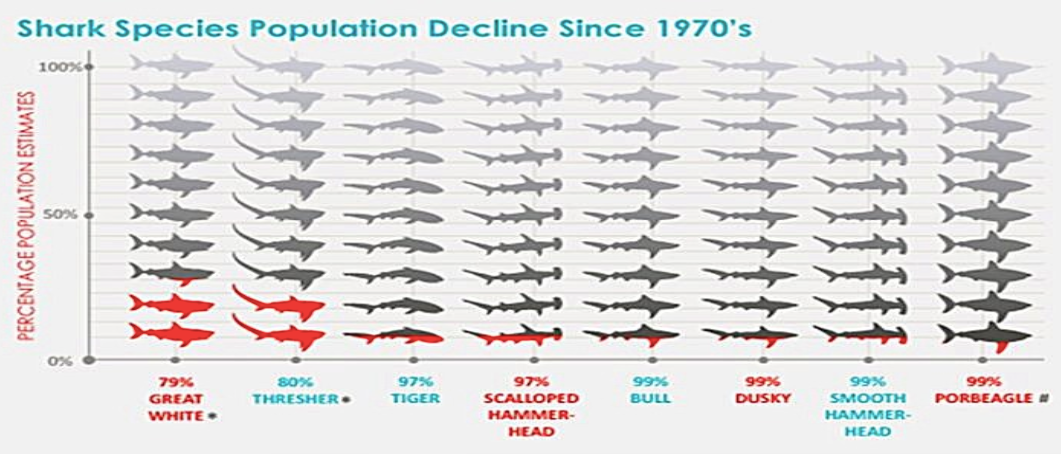When I think of death, it is simply just a thought. When I try to imagine what it is like to be dead coupled with the fact that means one day I will cease to exist, I feel a pit develop in my stomach like I am going to pass out. It cosumes me with fear of the unknown and my breath quickens as my body cannot comprehend the thoughts of that experience. The anxiety that results is one that can disappear quickly with a distraction away from those thoughts.
Other anxieties that I harbor don’t leave as readily, and I often must focus on my breath or close my eyes to eliminate the closing in of my surroundings. This form of concentration on myself is something I have incorporated as fundamental to my existence, while the anxiety that comes with facing the fear of my death has not. The contemplative practices we have done in class this quarter while discussing reactions to mortality have helped me understand how to combine these practices.

The Double Secret is a surrealist painting done by Rene Magritte that is said to represent the confrontation of what lays beyond the human figure, including thoughts of death.
Contemplative practices forced me to shut out the distractions of the room and people around me and focus on the concepts of the course materials as we guided our breaths and tuned into the feelings of our bodies in the context of Terror Management Theory and death anxiety. I was more readily able to work through what had previously been feelings of dread when confronting death and move across perspectives.
The movement I prefer is within my own thoughts in mind through the stillness of my body in order to isolate my thoughts. When we engaged in a contemplative practice of moving within spaces that were shared with others, I found myself slipping into thoughts outside of the ones I was trying to center–invoking anxiety rather than escaping it.
There is value within perspectives, especially in hearing and experiencing it with others. However, I believe that the contemplative practices allowed me to gain perspective within myself and confront ideas and feelings I would otherwise push down. The chaos of our world can distract us from our finitude but understanding that it will come and facing it has made me all the more ready for it.











